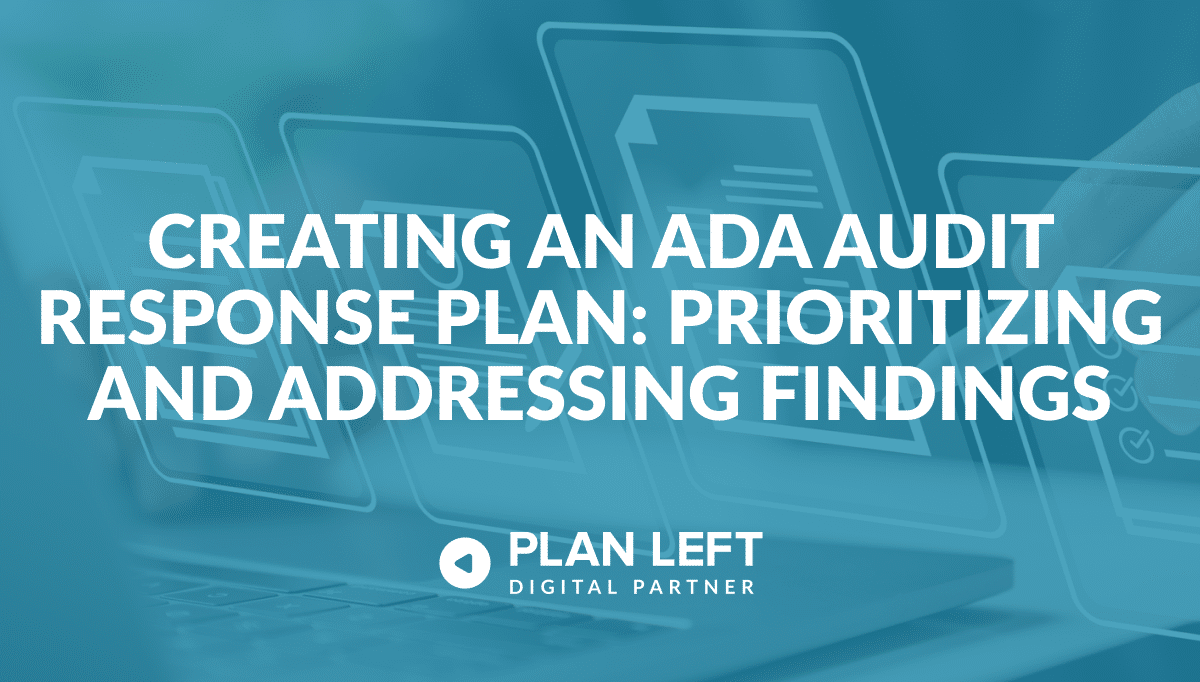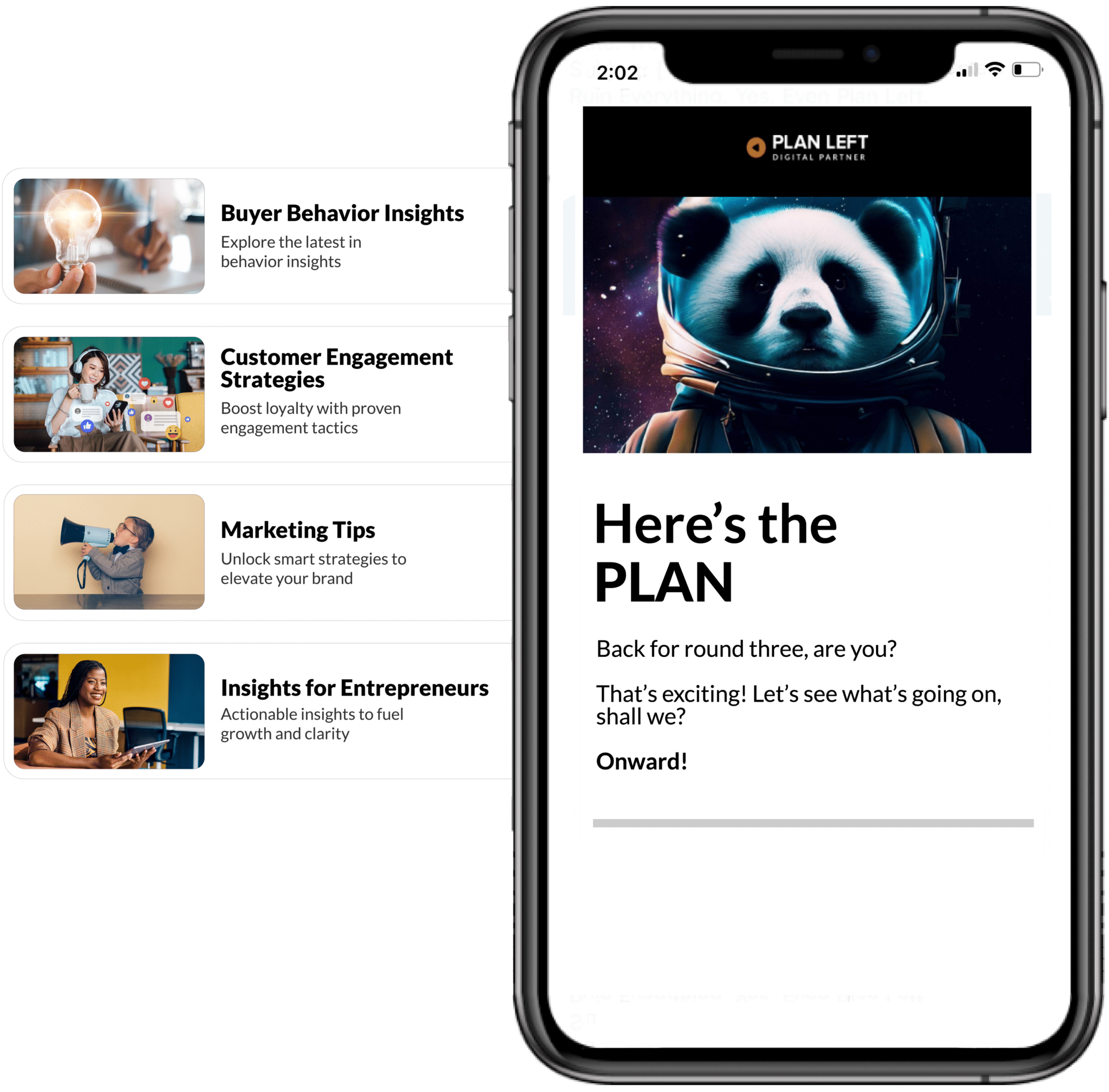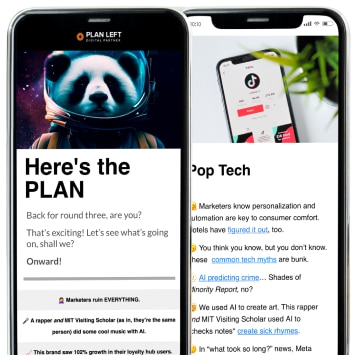
Getting your ADA audit results back can feel overwhelming. Pages of technical findings, compliance gaps, and accessibility barriers might seem daunting at first glance. But here’s the strategic opportunity many business leaders miss: your audit isn’t just a compliance checklist—it’s a roadmap for transforming your digital presence into an inclusive, competitive advantage.
The difference between organizations that thrive after an accessibility audit and those that struggle lies in their approach to response planning. While some companies rush to fix everything at once or tackle issues randomly, successful businesses develop systematic ADA audit response plans that prioritize impact, manage resources effectively, and create lasting change.
Decoding Your ADA Audit Findings
Your accessibility audit contains multiple layers of information that require careful interpretation. Understanding the anatomy of these findings is crucial for developing an effective response strategy.
Types of Audit Findings
- Technical Findings:
- Code-level issues like missing alt text
- Improper heading structures
- Insufficient color contrast
- Mechanical aspects that can be addressed through direct code modifications
- User Experience Findings:
- Reveal actual impact of accessibility barriers
- Highlight how users navigate and interact with your site
- Provide insights beyond technical specifications
Prioritizing Audit Findings
The most critical step in decoding your audit involves distinguishing between issues based on their severity:
- High-Severity Findings (Immediate Legal Risks):
- Completely inaccessible forms
- Navigation elements inaccessible via keyboard
- Content uninterpretable by screen readers
- Direct violations of WCAG guidelines
- Medium to Low-Priority Findings:
- Improving focus indicators
- Enhancing color contrast beyond minimum requirements
- Less critical but still important for comprehensive accessibility
Understanding this hierarchy helps you make informed decisions about where to direct initial remediation efforts. Pages with the highest traffic or most critical business functions should receive priority attention, as improvements here will impact the greatest number of users while delivering measurable business value.
Strategic Prioritization of Accessibility Improvements
Effective accessibility remediation strategy begins with a risk-based prioritization framework that balances legal compliance requirements with user experience enhancement and business impact. This systematic approach ensures your remediation efforts deliver maximum value while managing resource constraints.
Prioritization Framework
- Legal Exposure Assessment
- Identify issues directly violating WCAG guidelines
- Focus on critical website functions
- Prioritize problems affecting navigation, form functionality, and content structure
- Business Impact Mapping
- Evaluate accessibility barriers affecting key user journeys
- Prioritize improvements with maximum user and business value
- Example: An inaccessible checkout process demands immediate attention
- Phased Remediation Approach
- Phase One: Quick wins with high impact
- Update form labels
- Improve heading structures
- Enhance keyboard navigation
- Subsequent Phases:
- Complex structural changes
- Comprehensive content reviews
- Advanced interactive element improvements
- Consideration of Interdependencies
- Identify fixes that resolve multiple audit findings
- Recognize foundational changes needed for effective improvements
Developing a Comprehensive Remediation Strategy
Building a successful accessibility remediation strategy requires assembling a cross-functional team that brings together technical expertise, user experience knowledge, and business acumen.
Key Team Components
- Developers: Technical implementation and code-level improvements
- Designers: Accessible design principles and user interface considerations
- Content Creators: Producing inclusive materials
- Business Stakeholders: Prioritizing improvements based on organizational goals
Implementation Best Practices
Resource allocation and budget considerations play a crucial role in determining your remediation timeline and scope. While some accessibility improvements require minimal investment, others might involve significant redesign efforts or third-party tool implementation.
Technical implementation should focus on systematic improvements rather than quick fixes. By investing in comprehensive enhancements, you’ll create a more robust approach that:
- Reduces long-term maintenance burden
- Improves overall code quality
- Establishes a foundation for ongoing accessibility compliance
Leveraging Modern Accessibility Tools
Modern technologies can significantly accelerate your remediation efforts:
- Automated testing tools for quick technical violation identification
- User testing with individuals with disabilities
- Screen readers and keyboard testing protocols
- Color contrast analyzers integrated into development workflow
Beyond Compliance: Turning Accessibility into a Competitive Advantage
The most successful organizations view accessibility as more than a compliance checklist. By developing an ongoing accessibility improvement process, you create systematic approaches for identifying and addressing new barriers before they impact users or create compliance risks.
Broader Benefits of Accessibility
- Enhanced user experience for all users
- Improved search engine optimization
- Better mobile responsiveness
- Overall website performance optimization
Building a Culture of Digital Inclusivity
Organizations can transform accessibility from a requirement to a strategic advantage by:
- Integrating accessibility considerations into all design and development decisions
- Preventing accumulation of accessibility debt
- Positioning themselves as leaders in digital inclusion
- Demonstrating commitment to inclusive design principles
Your Accessibility Journey
Successful ADA audit response planning requires embracing a continuous improvement mindset that views accessibility as an ongoing commitment rather than a one-time project.
Continuous Improvement Strategies
- Conduct regular accessibility testing
- Collect and incorporate user feedback
- Implement systematic review processes
- Track meaningful metrics:
- User engagement improvements
- Reduced support requests
- Expanded market reach
- Enhanced brand reputation
Your ADA audit response plan represents more than compliance management—it’s an opportunity to transform challenges into competitive advantages while creating digital experiences that truly serve all users. With systematic prioritization, strategic implementation, and commitment to continuous improvement, your accessibility journey becomes a powerful differentiator that drives both compliance success and meaningful business value.
Explore Latest Posts
The constant tug-of-war between strategic vision and operational demands defines the modern CEO experience. While your company's future depends on ... read more
December 4, 2025
Your revolutionary product could change industries, but if you can't explain it clearly, it might never reach the people who ... read more
December 2, 2025
The war for tech talent has never been more intense. While established giants throw around seven-figure compensation packages and startups ... read more
November 27, 2025
Essential Strategies for Entrepreneurs
Get Actionable Business Insights & Marketing Tips
Our newsletter delivers real-world strategies from entrepreneurs who’ve been exactly where you are.
Sign up now for:
- Actionable growth strategies that work
- Insider tactics for attracting top talent
- Real-world case studies from successful founders
- Emerging tech trends that drive innovation
- Pragmatic marketing approaches for visionary leaders




